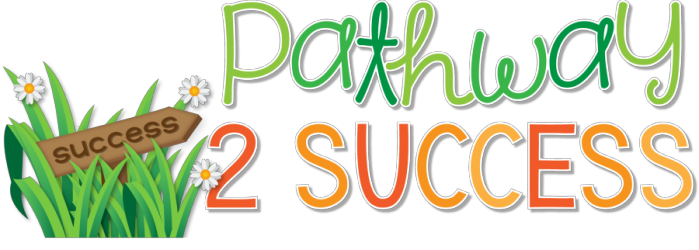Working on social skills isn’t just an activity to take place in the classroom. We, as kids and adults, use social skills every day out in the real world. This gives lots of opportunities for practicing and strengthening those skills everywhere – even outside. Whether you are a parent looking to boost your child’s social […]
Search Results for: social skills
Social Skills
Social skills are the interpersonal skills that we need to communicate, work with others, and develop lasting relationships along the way. Having a strong foundation for social skills allows kids and teens to feel confident, prepared, able to take risks, and ready for challenges that come their way. The term social skills is actually very […]
Social Skills Resources for Elementary
Social skills include the social knowledge, skills, and abilities that help all learners be successful. Learn more about social skills here, or consider some of these resources to get started right away. Use social skills task cards to target and discuss basic interactions, conversations, empathy, friendships, and dealing with conflicts. These cards are perfect for […]
Social Skills Resources
Social skills include the interpersonal skills and social knowledge that help all learners be successful. They can range from using proper greetings and small talk to being able to effectively manage emotions. Consider some of the resources below to get started teaching social skills right away. Resources for Older Learners: A pack of 100 unique […]
12 Basic Social Skills Kids Need
Social skills are a critical element to helping kids succeed socially, emotionally, personally, and even academically. These are the skills are the behaviors that help kids join in conversations, collaborate with peers, develop lasting friendships, self-advocate when they need help, and so much more. It would be ideal if all learners walked into classrooms equipped […]
15 Tips for Leading a Social Skills Group
As a middle school special educator, social skills have been one of my favorite areas to teach. These skills are so important but often get left behind, especially in the upper grades. These are a number of roadblocks to teaching social skills to kids and young adults, including now having enough time, difficulty scheduling a […]
Social Skills for Middle and High School Kids
Most middle and high school teachers like to hope that students come to them already pre-programmed with strong social skills and abilities. It would definitely make classes easier, but we know that it is not true in many cases. Sometimes, problems with lacking social skills actually manifest themselves as behavioral challenges. For example, the student […]
Teaching Social Skills & Why It’s the Most Rewarding Subject To Teach
Social skills are what allow people to communicate and interact positively with others. Most children learn these skills through positive role models, adult guidance, and interactions with others. They just learn them and the rest is pretty easy! Others, though, don’t pick up on the social skills that way. These are the kids who are […]
Fall and Autumn Activities to Build Social-Emotional Skills
Fall and Autumn Activities to Build Social-Emotional Skills
Using Nature to Build Social-Emotional Skills
Being outside in the great outdoors is highly motivating for children and teens. There is so much to explore, learn, and be curious about. It’s one of the reasons why using nature to build social-emotional skills just makes sense. Spending more time outside is good for our physical and emotional well-being. Research even tells us […]
- 1
- 2
- 3
- …
- 16
- Next Page »













